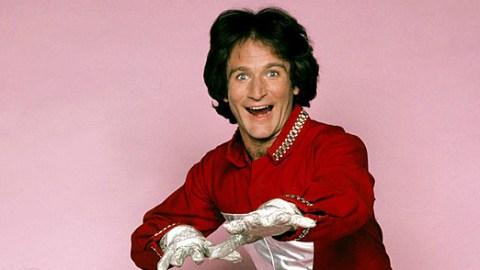How intense emotions affect our creative focus

The trope is that great artists feel more intensely than other people, but a 2013 recent study done by Australian researcher Eddie Harmon-Jones et al. suggests that the more intense the emotion, the less creative we are. Their conclusion? It doesn’t matter if our feelings are positive or negative, they should be felt mildly, because when they are too intense, they narrow our focus.
What seems odd about that to me, though, is the exhaustive list of creative works that have been born out of the most extreme of emotions: I would doubt that Jackson Pollock or Sylvia Plath had “low motivational intensity” when they did their best work.
Scott Barry Kaufman, however, cites other research that indicates “There’s something about living life with passion and intensity, including the full depth of human experience, that is conducive to creativity.” That seems more accurate.
But what can we do, then, to increase states of creativity? Inducing states of both positive and negative emotions (“emotional ambivalence”) is suggested, as is creating an environment that is unusual. This may be why you’ve never heard someone say, “Cubicles? That’s where I do my best thinking!” and why companies in both tech and film curate quirky workspaces. If our brains go nuts for variety, it makes sense that we would need our stimuli randomized. What if you are not one of these fortunate people that work in a proudly too-cool office? Even small changes in your regular routine can make your brain light up like a Christmas tree. Stirring your coffee the opposite way, taking a different route to work, or changing up your routine can all lead to a more active and engaged brain.
There is no magic trick to make you more creative, and although there are steps we can take to cultivate these states, creativity may always be a tricky and elusive vixen. Eric Kandel, Nobel laureate and Columbia University professor of brain science, describes the “aha phenomenon” and speculates on ways that humans and groups can think more creatively.





